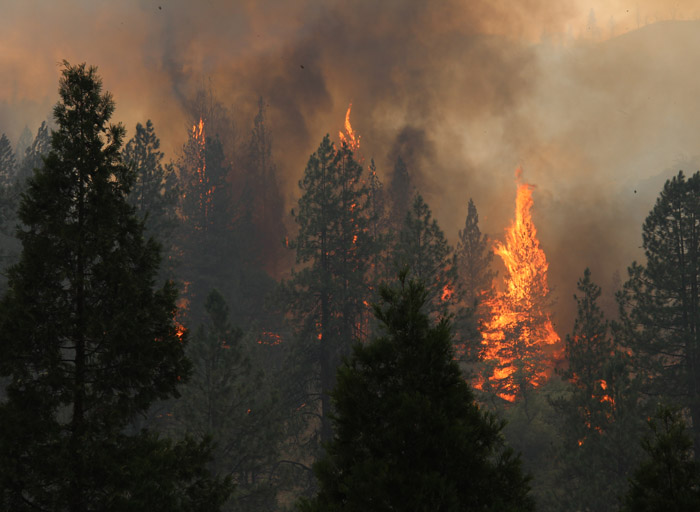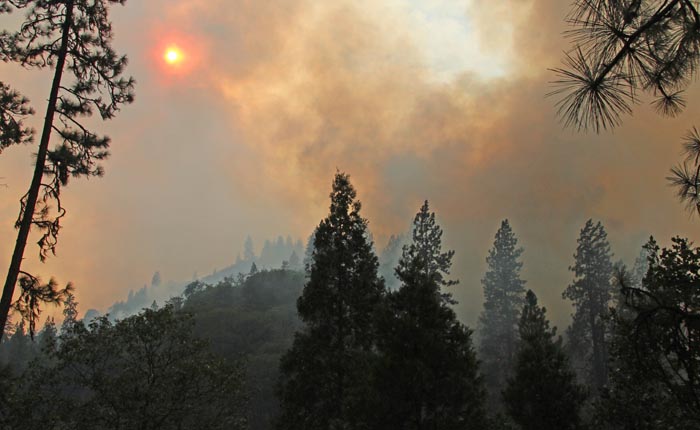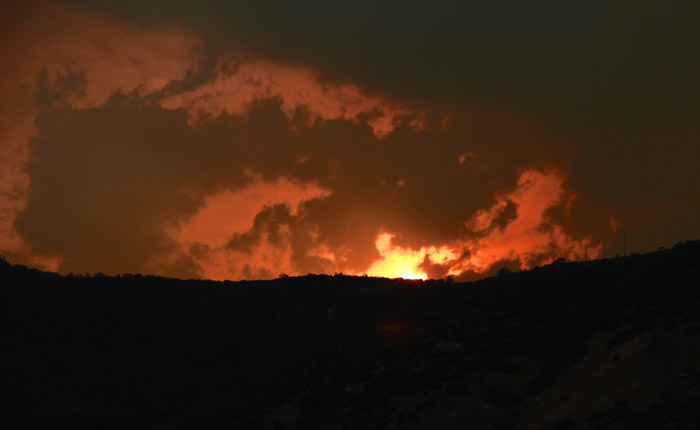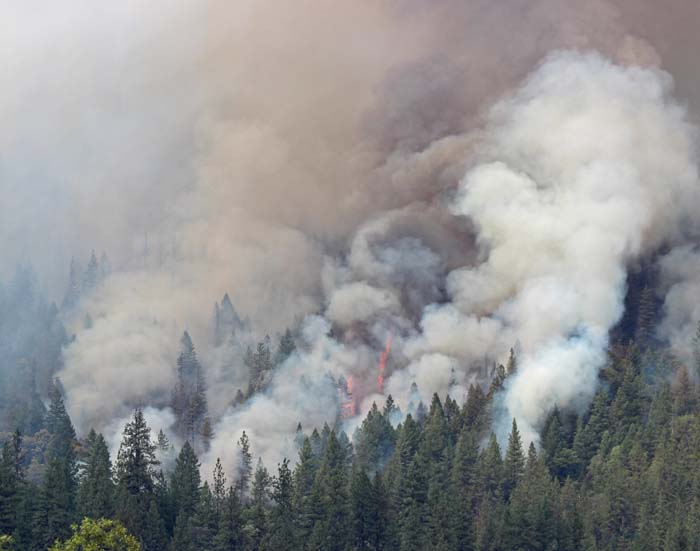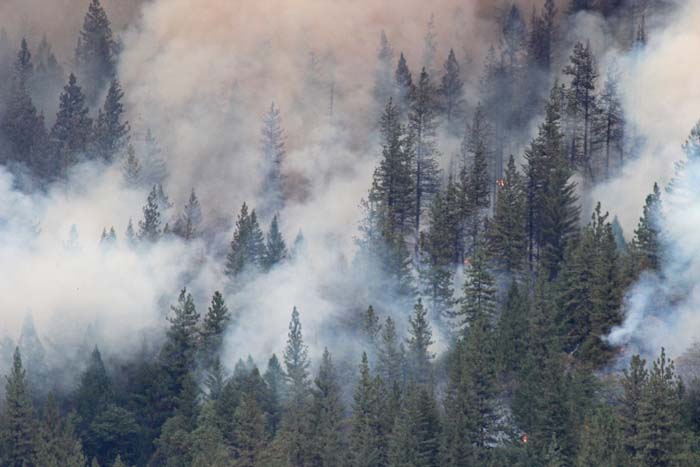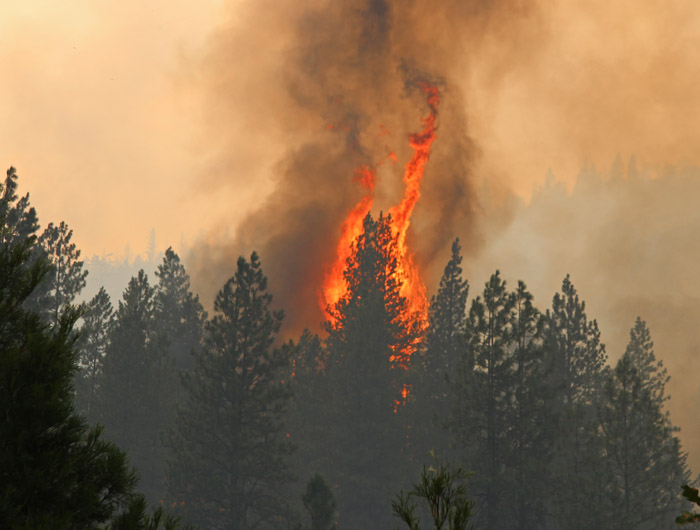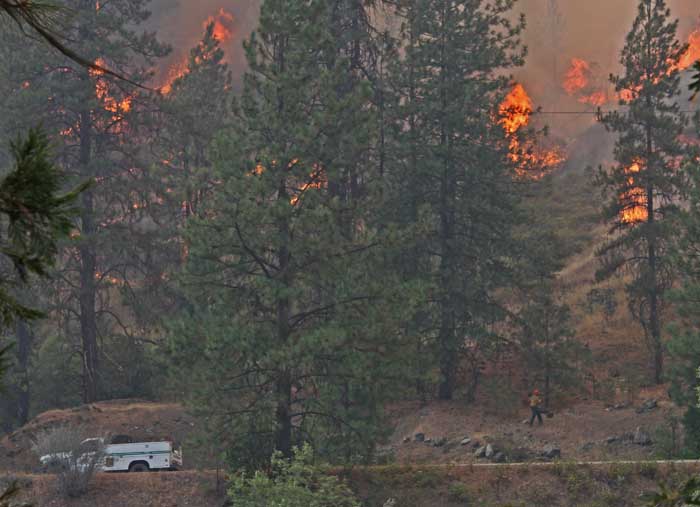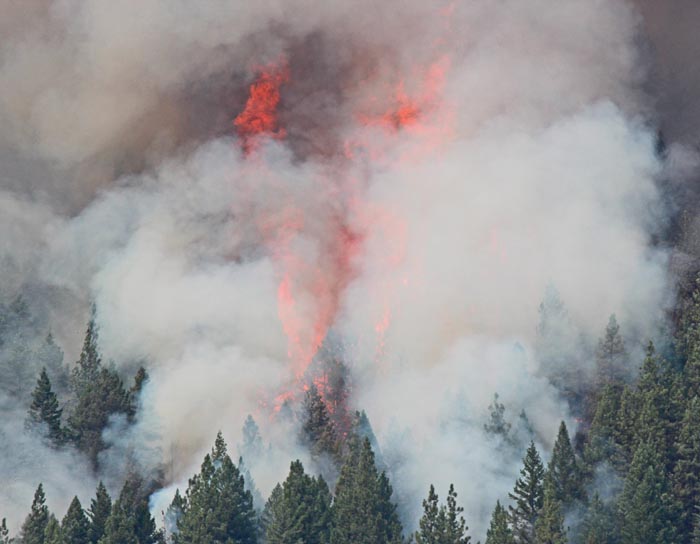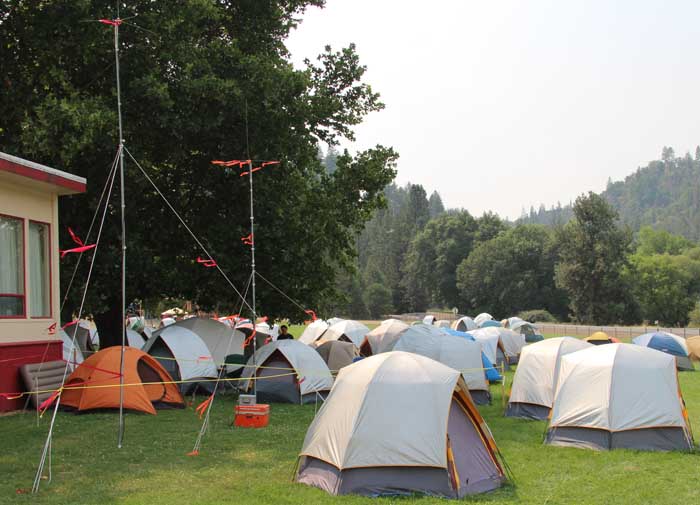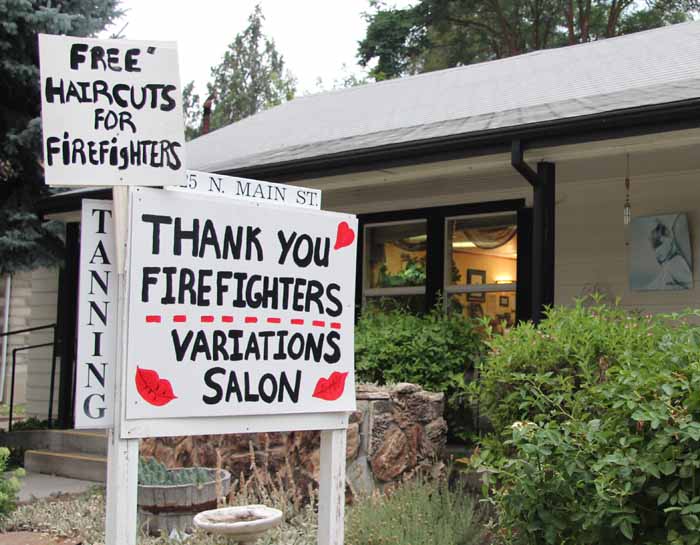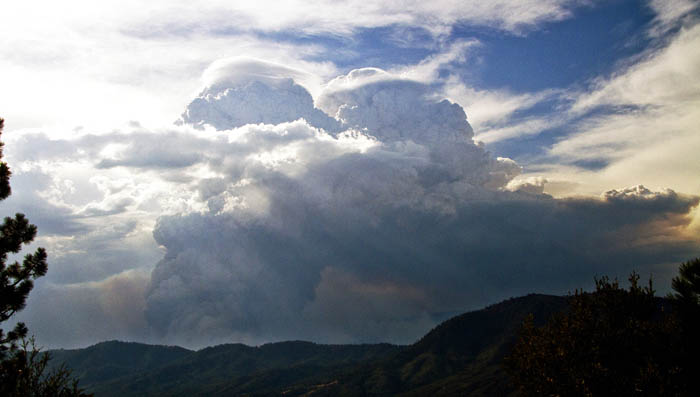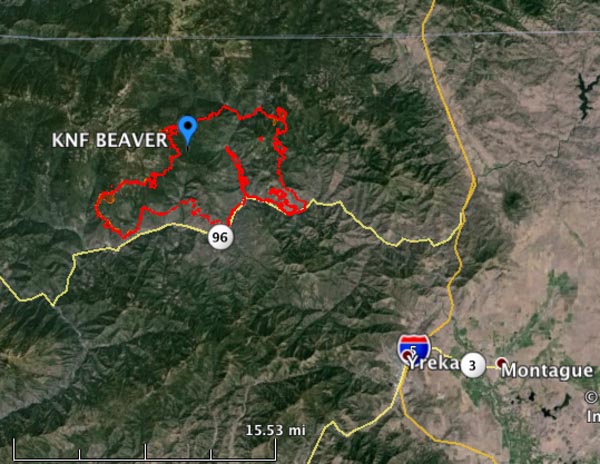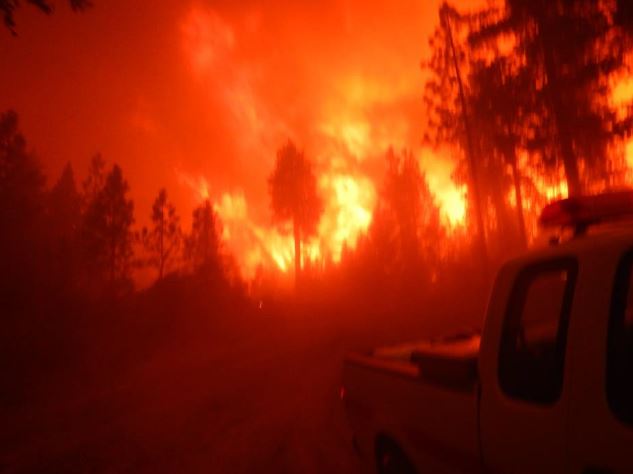
A 72-Hour Report has been released for the incident on the Beaver Fire in which three people took refuge from a wildfire inside their fire shelters. The near miss occurred August 11 at 5:30 p.m. on the Klamath National Forest in northern California, approximately 15 miles northwest of Yreka. We first wrote about it on August 12. Below is the Incident Summary from the report:
****
“At approximately 1730 on August, 11, a Division Supervisor, contract dozer and a Heavy Equipment Boss deployed their fire shelters on the Beaver Fire on the Klamath National Forest in northern California (U.S. Forest Service Incident CA-KNF-005497). The individuals involved were improving line on the far western edge of the fire, approximately 2 miles from the fire front. Fuels in the area consisted of a pine overstory and manzanita surface fuels. Extreme to exceptional drought, at the highest levels on the Drought Monitor system, existed over nearly all of northern California.
As indirect dozer line construction progressed downslope, outflow from a thunderstorm which had already tracked through the area, caused a dramatic and large scale pulse in fire behavior. As fire activity increased, the Division Supervisor drove down to the Heavy Equipment Boss and Dozer Operator to check their status. The dozer operator was in the process of constructing a predetermined safety zone. The fire quickly traveled a significant distance through heavy timber, impacting the indirect dozer line, requiring the three firefighters to deploy fire shelters to survive the heat blast and ember shower. The contract dozer operator received non-life threatening burn injuries, but was referred to a burn center for further evaluation.
PROPERTY DAMAGE: The DIVS pickup truck parked at the deployment site received heat damage and the bed and back seat caught fire. The Division Supervisor and Heavy Equipment Boss were able to put the fire out with two fire extinguishers. The Dozer received minor damage from a small fire which started behind the seat in the open cab.
Based on the nature of this incident, the Pacific Southwest Region will be utilizing the Facilitated Learning Analysis (FLA) process to maximize learning opportunities and better manage future incidents.”

